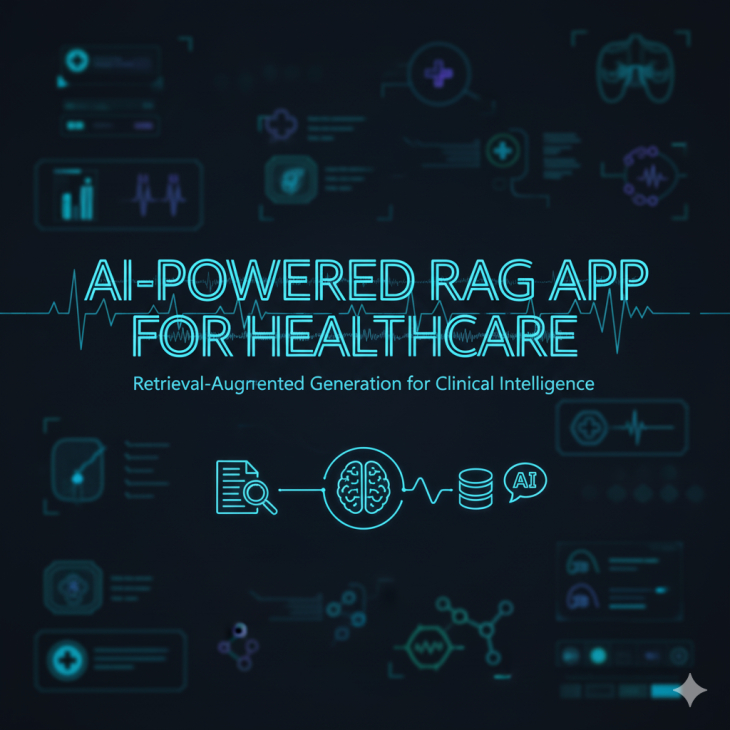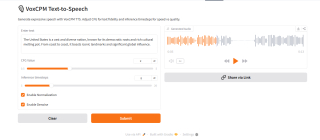Health Query AI Assistance for Hospital





Service Description
This project showcases a Retrieval-Augmented Generation (RAG) application built with Python, Gradio, and Hugging Face Transformers, designed to analyze and generate insights from synthetic hospital patient records.
The app allows users to upload CSV datasets containing simulated patient admissions (including demographics, diagnoses, treatments, and satisfaction scores) and interact with them through natural language queries.
It retrieves the most relevant patient records using semantic embeddings (FAISS + Sentence Transformers) and generates context-aware summaries or insights using a lightweight open-source LLM (Flan-T5) — all running efficiently on CPU.
? Key Features:
? Data Upload Interface (Gradio):
Users can upload their own CSV dataset of synthetic patient data.
? Retrieval-Augmented Generation (RAG):
Combines semantic search (FAISS) with generative LLM reasoning to answer complex healthcare queries.
? AI-Powered Query System:
Handles natural language questions like:
“Summarize satisfaction trends by department.”
“Find patients over 65 with long hospital stays.”
“Generate a synthetic discharge summary for a cardiology patient.”
? Real-Time Record Retrieval:
Displays both retrieved records and AI-generated responses for transparency.
? Explainable Insights:
Provides structured tables and natural language summaries for hospital analytics.
Technology Used
Python
Gradio
Hugging Face Transformers
FAISS
Sentence Transformers
Flan-T5
Frequently Asked Questions
Q: What kind of data can I upload to HealthQuery AI?
A: You can upload CSV datasets containing synthetic or simulated hospital patient records. This data should typically include admission details, demographics (age, gender), diagnoses, treatments, hospital stay duration, department, and patient satisfaction scores.
Q: How does the AI generate answers from my data?
A: It uses a Retrieval-Augmented Generation (RAG) approach. When you ask a question, the system first uses semantic search (FAISS) to retrieve the most relevant patient records from your CSV. It then feeds these retrieved records as context to a lightweight LLM (Flan-T5), which generates a specific, context-aware summary or insight to answer your query.
Q: Do I need a powerful GPU to run this application?
A: No, one of the key features is that the application, including the Sentence Transformer for embeddings and the Flan-T5 LLM, is designed to run efficiently on a CPU, making it accessible without specialized hardware.
Share This Service







